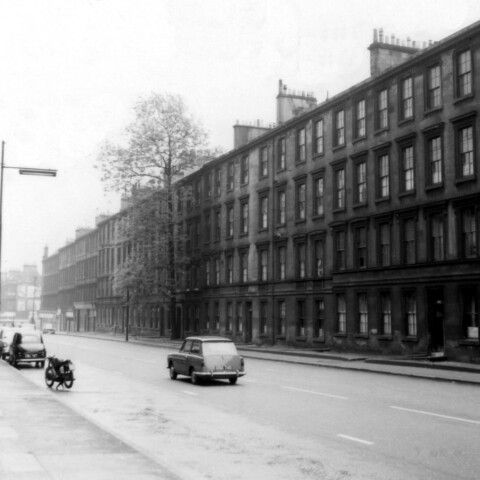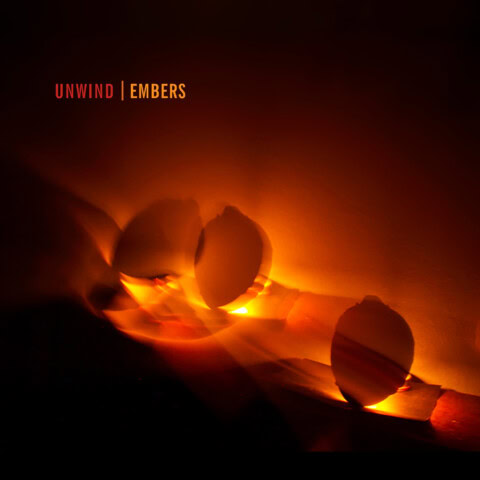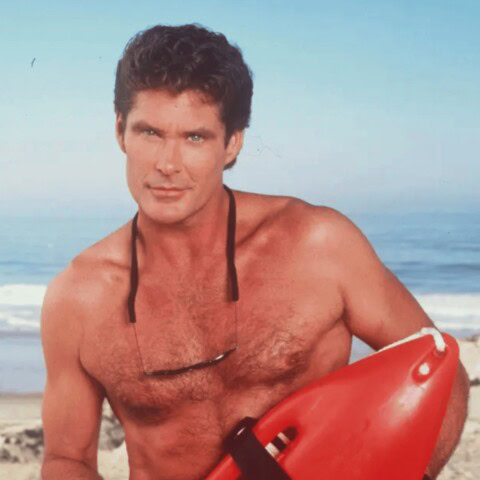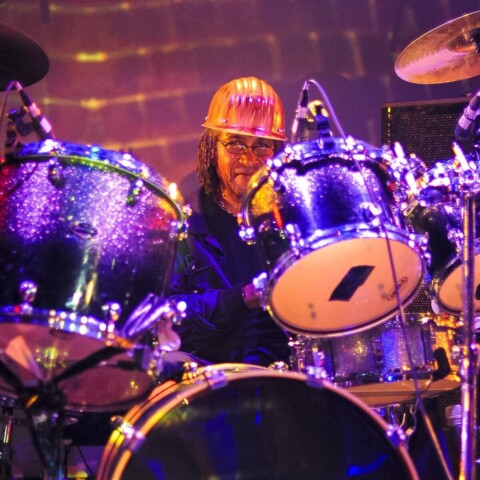The idea? Every day in May, to mark NZ Music Month and 38 years of his own rancid opining and reportage, Gary Steel will present something from his considerable behind. Personal archive, that is. The following story appeared in Metro, August ’04.
IMAGINARY FRIEND

GERALD PHILIPS IS an enigma. He goes by the name of Phelps & Munro, but he flies solo. Several of his tracks have spent weeks at the top of 95bFM’s listener-voted charts, but information about the bloke is as scarce as brains on television IQ tests. Witnesses attest to rare live appearances where ‘Phelps & Munro’ have consisted of an empty DJ booth, or two females swaying blankly behind banks of equipment.
The busy but elusive Philips has made a rare appearance to give birth to the debut Phelps & Munro album, a singular piece of genius that boldly furrows a field seldom trampled by Kiwi artists. Slowpoke takes just the right kind of taste tips from two opposing worlds, alternative rock and intelligent electronica, and puts them together into a frequently dizzying, madcap yet mood-enhanced selection that deconstructs genre barriers.

We proposed a mini-Q&A, and Philips accepted on behalf of Phelps & Munro.
Steel: I hear rumours you come from the far north. Did growing up far from big cities have an impact on the kind of music you absorbed?
P&M: Tis true I hail from Kerikeri, affectionately known as the “fruitbowl of the north” or the “cradle of the nation”. Musically, I guess it seems a little isolated, but my friends and I tended to listen to some slightly unconventional stuff. I found it strange when I moved to Auckland the number of people that hadn’t heard of Shellac, or The Jesus Lizard, or Fugazi, yet it seemed fairly normal growing up.
Steel: Your fusion of rock and electronica is unprecedented in these parts. Did you ever do the rock thing and play in ‘real’ bands?
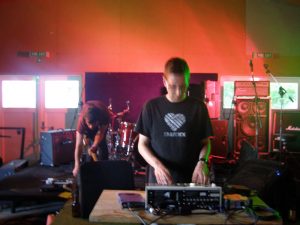
P&M: I played in a Rockquest band called Mooseface. We got entered into it as a prank – I played bass, we had a ‘saxomaphone’ player, a drummer, and a Tongan/Canadian half-rapping, half-talking. Surprisingly we ended up winning the National Urban Music Award, and made a shockingly amateur Video. We weren’t very good. By myself I had always done 4-track recordings, mainly of instrumental guitar noodlings. When I got an MPC2000 (hip hop standard sampler) in 1998, I started making beats. It just seemed to make sense to combine the two.
Steel: Do you think NZ is ready for P&M? Are you lonely out there?
P&M: I’m not sure. Possibly. I have been surprised at the positive response toward the album. Mind you they’re all people I know and are probably just being polite. My Mum thinks it’s good. But then again I could have put out 14 tracks of static and she would probably still think that.
Steel: How are you going to tour this record?
P&M: Good grief, I haven’t even thought about that yet. Do I need to do a tour? (Getting panicky) I barely play in Auckland as it is.
Steel: It strikes me that you have an incredible way with riffs and melodies, and not just writing good ones, but overlaying several, different ones played on guitar and synth, within the space of a minute or so in a piece. This is clever. Do you have musical training? And what’s the one most important musical element to you?
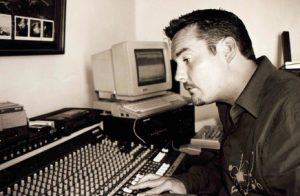
P&M: Thanks. I don’t have musical training. I love it when melodies intertwine and play off one another but I am also a big fan of off-kilter beatwork. Stuff that lulls you in then slaps you round a little.
Steel: Why do you like those cheap scary evil synth sounds and drum machines?
P&M: No choice in the matter as I didn’t have anything else to sample. Some of the synth sounds you may be referring to are probably sampled guitars yet they end up sounding like a Casiotone anyway.
Notes: This was a very odd experience for me, as Gerald was one of the “gang” of fidgety IDM guys that frequented the shop I ran but killed off just before I wrote this story, so I knew him, at least in that context. That didn’t help though, when it came to doing the obligatory interview, because Gerald was so shy and self-conscious (and more than a little pranksterish) that he hired a model to stand in for him at the photo session. I saw him perform at a number of small gigs and parties and loved the P&M sound, but unfortunately, some 12 years later, Slowpoke remains the one long-form recorded/released example of his singular musical talent.










